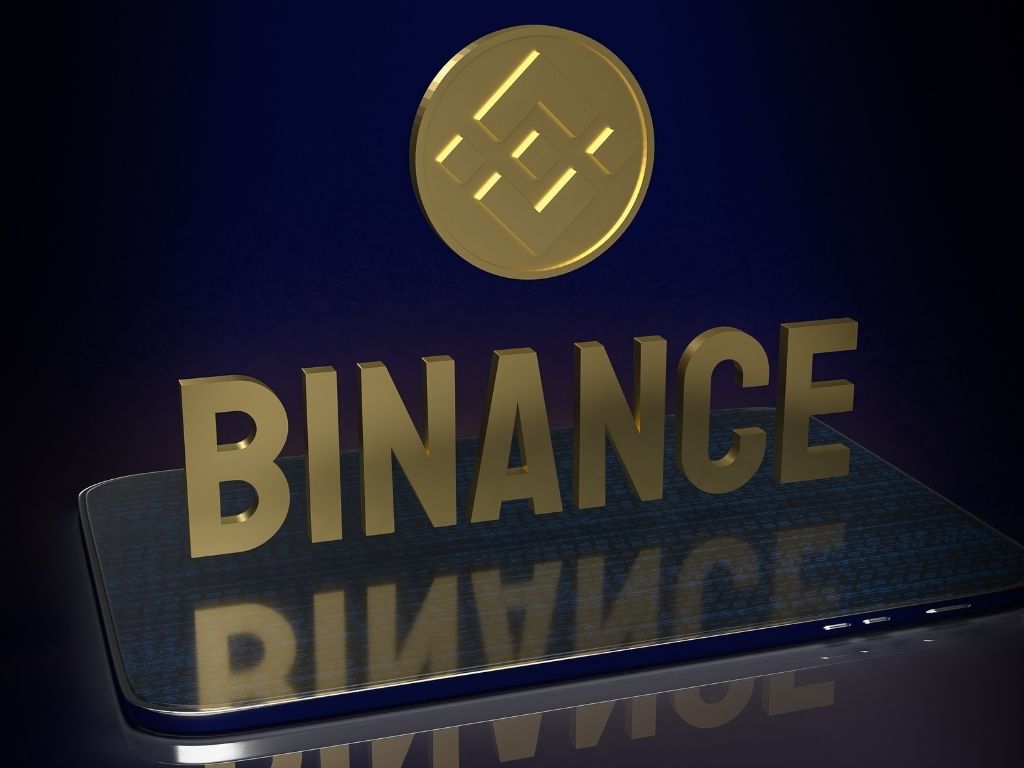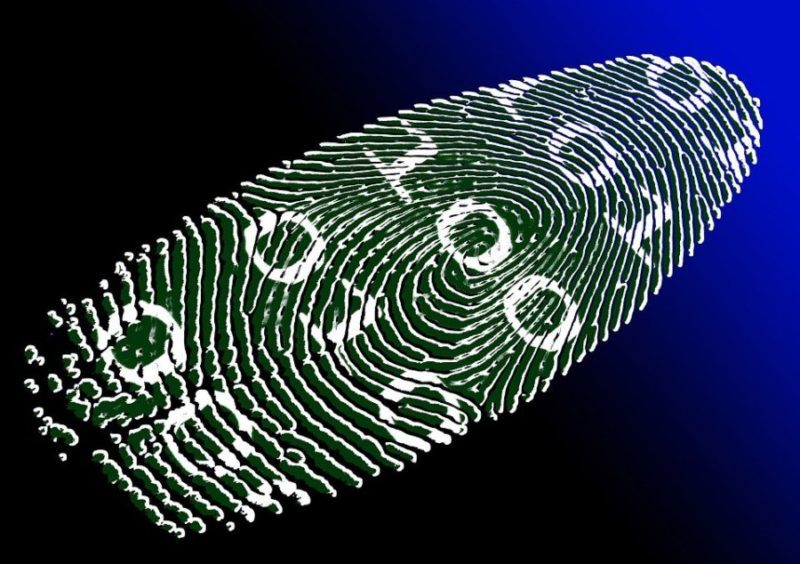Top 7 Intriguing Metaverse Blockchain Projects For Investors
The development of the Metaverse blockchain is one fascinating example of technological growth. These metaverse blockchain projects are changing the world in practically every way. On the other hand, high-tech, cutting-edge activities aren’t necessarily easy to comprehend. But you’ll have a firm grasp on these projects in no time. You’ll also understand how to get involved in the numerous projects that interest you.
What Is the Metaverse, and How Does It Connect to Reality?
Before moving on to the metaverse blockchain, defining the metaverse is critical. The metaverse is frequently described as a digital three-dimensional reality. However, the metaverse as a whole is best understood as a fusion of the physical and online worlds through the use of immersive technologies. You can enter the metaverse as if it were a 3D world. This is referred to as virtual reality (VR). However, it can also function as an overlay on top of the physical environment. Augmented reality is the term for this (AR). Virtual reality headsets and augmented reality displays are used.
Standard computers, game consoles, and phones can also be used to access the metaverse. The metaverse is limitless, distributed, and constantly available. The metaverse’s core nature is unaffected by how you reach it. You can even socialize in the metaverse with those who access it through various methods.
The metaverse is already operational, albeit it is currently under construction. It’s so experimental that no one knows what new capabilities will emerge in the future.
The Most Important Blockchains in the Metaverse for Projects
The Metaverse blockchain is a complicated topic, but it may be thought of as a digital public ledger. Different ledgers are composed of different materials, requiring different procedures to correctly log entries. Similarly, different blockchain implementations have distinct characteristics and advantages. Those with the most to offer in metaverse blockchain development are more widely employed. The blockchains listed below are the finest of the best for metaverse blockchain projects.
Bitcoin
Bitcoin was first introduced in 2009 as decentralized digital money with a blockchain. It took a bit for people to figure out what to make of it, given this was the first widespread use of Web 3.0 and cryptography. Some of the advantages of Bitcoin were immediately obvious. It featured lower transaction fees than most internet payments, was independent of any government and was completely secure. It was even impressive that it employed peer-to-peer (P2P) technologies for rapid payment. It’s notable for popularizing the Metaverse blockchain concept and generating interest in metaverse blockchain development.
Ethereum
The Ethereum cryptocurrency, also known as ETC, is one of the most widely used options. The Ethereum blockchain, like Bitcoin, is likely most known to the general public because of its native cryptocurrency. However, the Ethereum network is a solid blockchain that can accommodate a wide range of decentralized applications. Indeed, it has become a popular choice among organizations that want to incorporate scripting into blockchain authentication because of its versatility. In addition, the Ethereum blockchain is fundamentally fair.
Polygon
Polygon is a scalability solution that works with the Ethereum blockchain. It’s a “layer two” or “sidechain” that can run alongside the Ethereum blockchain. Ethereum’s popularity has exploded at a rate that has defied even the most optimistic predictions. However, a large user base increases transaction fees. Polygon addresses this by working in tandem with Ethereum to deliver speedier transactions at a cheaper total cost. You can transfer crypto to Polygon while continuing to use Ethereum-only apps. MATIC, Polygon’s cryptocurrency, even allows holders to vote on internal development.
Web3 is ready for enterprise. The #PolygonNightfall Mainnet beta is here!
Nightfall is the most efficient blockchain solution for enterprises, enabling businesses to orchestrate private transactions for use in supply chains & other key business functions.
Let’s dive in 🧵 [1/5] pic.twitter.com/9pxC2vpnlD
— Polygon – MATIC 💚 (@0xPolygon) May 17, 2022
BNB (Binance Coin)
The Binance Coin is linked to the Binance metaverse blockchain’s history. Binance Coin was created utilizing the Ethereum network and the ERC 20 standard at first. One-third of the money raised during Binance’s initial coin offering was utilized to build a new Metaverse blockchain. The Binance Coin and the Binance blockchain are now linked. The way excess earnings are leveraged is one of the most intriguing aspects of the Binance blockchain. The system will relocate one-fifth of its profits every quarter. This can take a variety of forms. It can be used for everything from payments to destructive buyback “burns.”
Cardano
Cardano is a metaverse blockchain that uses decentralized proof-of-stake, relatively new algorithms. It’s a third-generation blockchain with substantial benefits over previous proof-of-work networks such as Ethereum. Cardano’s usage of the Ouroboros consensus protocol contributes to this. Ethereum is quite powerful. However, it has some energy consumption, transaction times, and cost concerns. Charles Hoskinson created Cardano, a co-founder of Ethereum, to address these difficulties. Cardano stands out for its transparent and well-researched roadmap. People can understand exactly where Cardano is right now, where it’s heading, and how peer-reviewed insights fit into those plans.
Solana
The Solana metaverse blockchain is dedicated to the development of applications. It achieves this through a variety of mechanisms. One of the most important considerations is processing speed. It has the ability to execute a large number of transactions quickly and has lower transaction fees than most other blockchains. Solana also offers unique features, such as implementing Proof of History (PoH). Every node in the Solana network can independently verify timespans in the ledger. Optimized algorithms, according to Solana, can allow transactions to scale to match network bandwidth.
Also, read – Future Digital Frontier Milestones: Metaverse Trends
WAX
WAX, often known as WAXP, is a metaverse blockchain project that seeks to make e-commerce transactions fast, simple, and secure. Most prior blockchains attempted to cater to a variety of distinct use cases. However, WAX prioritizes e-commerce performance over all other tasks. As a result, a highly efficient delegated proof-of-stake (DPoS) consensus mechanism has been implemented. WAX also includes some important e-commerce-related metaverse blockchain initiatives. This contains a WAXP-to-Ethereum bridge for simple WAX token conversion. The WAX blockchain will also serve as a robust foundation for future e-commerce development.
Stay informed with daily updates from Blockchain Magazine on Google News. Click here to follow us and mark as favorite: [Blockchain Magazine on Google News].
Get Blockchain Insights In Inbox
Stay ahead of the curve with expert analysis and market updates.
latest from tech
Disclaimer: Any post shared by a third-party agency are sponsored and Blockchain Magazine has no views on any such posts. The views and opinions expressed in this post are those of the clients and do not necessarily reflect the official policy or position of Blockchain Magazine. The information provided in this post is for informational purposes only and should not be considered as financial, investment, or professional advice. Blockchain Magazine does not endorse or promote any specific products, services, or companies mentioned in this posts. Readers are encouraged to conduct their own research and consult with a qualified professional before making any financial decisions. The featured image used is just a creative depiction of the title and it does not intend to hurt sentiments of any person or institution. If it hurts anyone sentiments, please do not hesitate to reach out to Blockchain Magazine.

 Bitcoin
Bitcoin  Ethereum
Ethereum  XRP
XRP  Tether
Tether  Solana
Solana  Dogecoin
Dogecoin  USDC
USDC  Cardano
Cardano  Lido Staked Ether
Lido Staked Ether  TRON
TRON  Chainlink
Chainlink  Avalanche
Avalanche  Sui
Sui  Wrapped stETH
Wrapped stETH  Wrapped Bitcoin
Wrapped Bitcoin  Stellar
Stellar  Toncoin
Toncoin  Hedera
Hedera  Shiba Inu
Shiba Inu  WETH
WETH  Polkadot
Polkadot  Parkcoin
Parkcoin  Litecoin
Litecoin  LEO Token
LEO Token  Bitcoin Cash
Bitcoin Cash  Bitget Token
Bitget Token  Official Trump
Official Trump  Uniswap
Uniswap  Hyperliquid
Hyperliquid  Pepe
Pepe  Wrapped eETH
Wrapped eETH  USDS
USDS  NEAR Protocol
NEAR Protocol  Ethena USDe
Ethena USDe  Aave
Aave  Aptos
Aptos  Internet Computer
Internet Computer  Ondo
Ondo  WhiteBIT Coin
WhiteBIT Coin  Ethereum Classic
Ethereum Classic  Monero
Monero  POL (ex-MATIC)
POL (ex-MATIC)  Cronos
Cronos  Render
Render  Mantle
Mantle  Algorand
Algorand  Dai
Dai  OKB
OKB 




